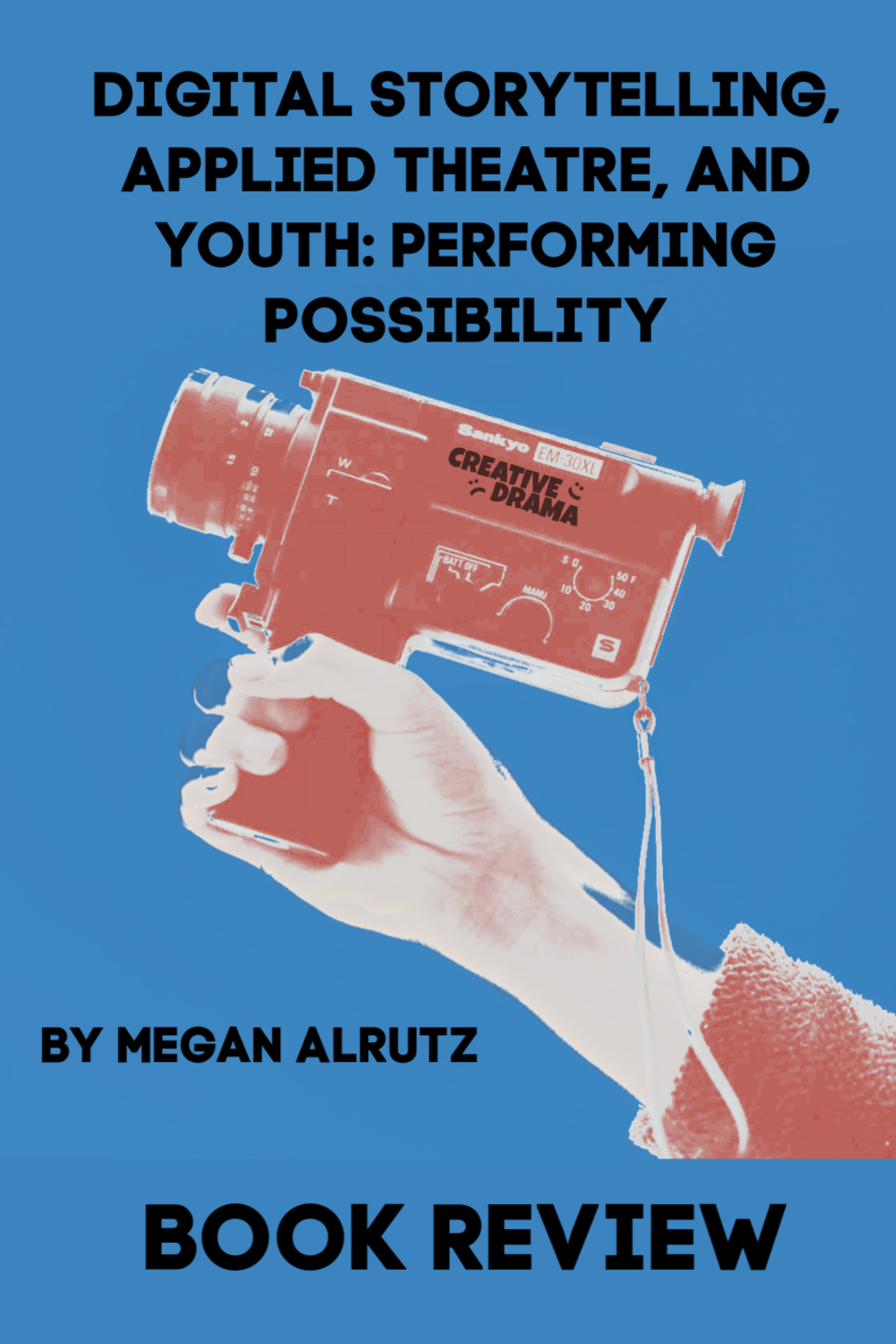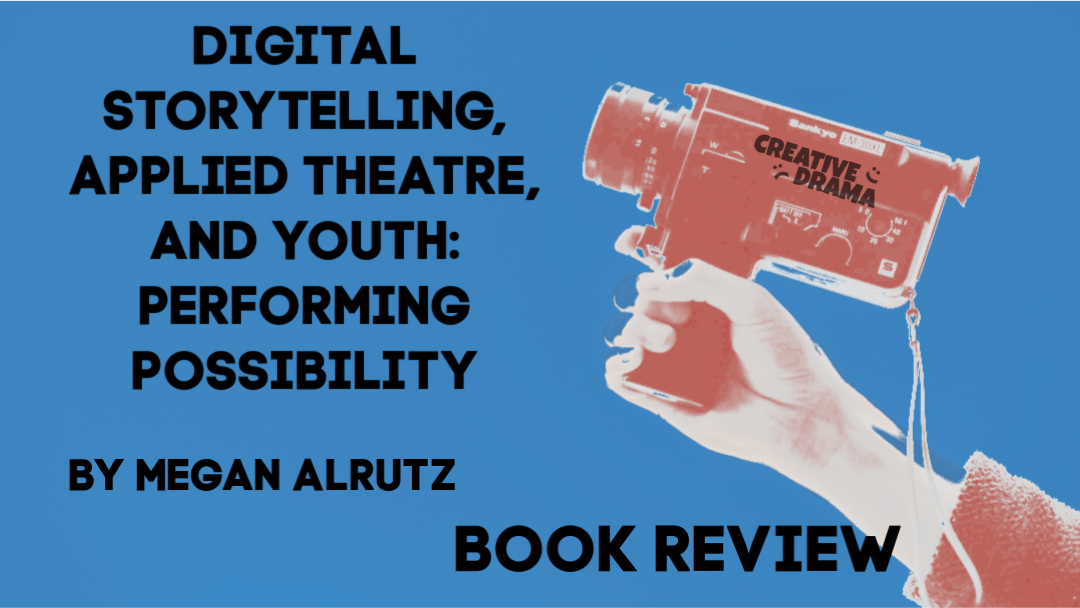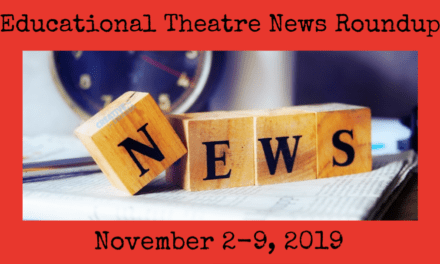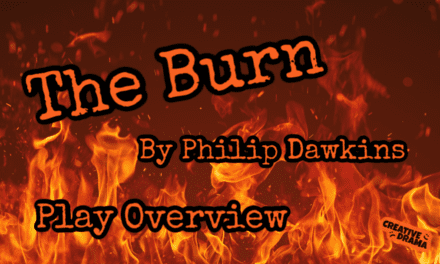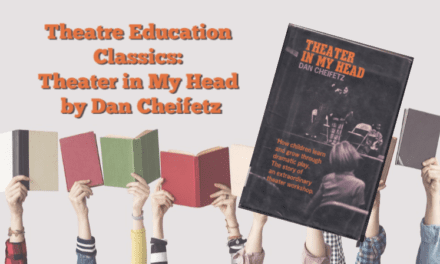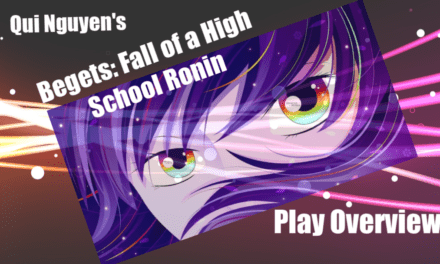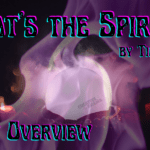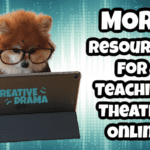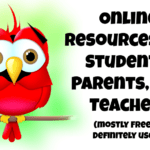Contents
INTRODUCTION
I admit that Digital Storytelling, Applied Theatre, and Youth: Performing Possibility was a tough read for me. The publisher’s blurb states that it “offers the first comprehensive examination of digital storytelling as an applied theatre practice,” and the first chapter intrigued me enough that I put it on my list of readings for my Independent Study.
But it was difficult for a few reasons. I don’t have much experience or coursework in applied theatre, and as I said on my Independent Study page, I haven’t kept up with my reading as much as I’d like. So I was unprepared for much of theory Alrutz shares; it gets very artsy and philosophical in places.
Also, I wasn’t responsive to her tone. Alrutz carefully positions her opinions and methods as hers, trying to emphasize that this is the way she’s seeing things, not to dictate that it’s the way the reader should see things. It results in a lot of “I” statements, and a lot of concern about her privilege in comparison to the youths she’s guiding. At times, she comes across as extremely worried about her actions, words, and even her thoughts. I wanted to make her feel better by telling her that she was doing way better than most people could!
There are, again, plenty of connections among my previous readings and Digital Storytelling, Applied Theatre, and Youth. Megan Alrutz thanks Kathryn Dawson, co-author of Drama-Based Pedagogy, in the Acknowledgements. She worked with Stephani Etheridge Woodson, whose book Theatre for Youth Third Space, was on my list of possible reads for this semester. Also, there’s a lot of overlap in the theatre games, strategies, and approaches I’ve been studying and Alrutz’s methods.
CHAPTER 1: DIGITAL STORYTELLING AS AN APPLIED THEATRE PRAXIS
The first chapter of Digital Storytelling, Applied Theatre, and Youth is one of the best. Alrutz explains the organization of the book and gives definitions for both Digital Storytelling and Applied Theatre. While Digital Storytelling widely means “using digital media for expression,” such as blogs and podcasts, she uses it specifically as:
“the creation of short digital videos, or two-to three-minute personal stories performend through a combination of first-person, narrated voiceovers, still, and/or moving images; and music or sound.”
Applied Theatre is a process-oriented approach to developing a performance, with the assistance of guided reflection and dialogue (usually from a facilitator). Alrutz states that she’s looking to share ways digital storytelling and applied theatre can support youth.
Alrutz has many endnotes to the chapters; there are 37 separate references in just 17 pages for Chapter One!
CHAPTER 2: ENGAGING THE WISDOM AND EXPERIENCE OF YOUTH
Near the beginning of Chapter 2, Alrutz calls herself a “youth-allied adult” rather than a teacher, or facilitator, or director. Terms like this make me nervous. In order to protect children and young adults, people who are in teaching, directing, and mentoring roles have to have a clear view of the expectations and responsibilities on both sides of the teacher-student relationship. I’m not sure if “youth-allied” communicates that relationship clearly.
Alrutz recounts her experience guiding young people from the Parramore neighborhood in west central Orlando in a digital media project. In We Come From Parramore, the youths tell the story of their experiencing the neighborhood.
But before Alrutz tells how she worked with the kids on this project, she introduces many concepts underlying the theories of why digital storytelling works. Eventually, she shares outlines of the “Pitch Meeting,” in which interested youths (self-selected) hear about the project and experience some of the dramatic strategies and games I’m familiar with. Some of them I had recently read about in Transforming Teaching and Learning Through Active and Dramatic Approaches by Brian Edmiston.
CHAPTER 3: BUILDING KNOWLEDGE ABOUT SELF, OTHERS, AND SOCIETY
My notes at the beginning of Chapter 3 state that this not a “dip-in” kind of book, on a first or on subsequent readings. Alrutz discusses the greater meaning of stories in human existence, and segues into how digital storytelling can help participants build knowledge. Of course, some proponents of digital storytelling projects are behind them because of STEM reasons; the participants are learning how to operate technology, therefore the endeavor is useful. But Alrutz sees digital storytelling and applied theatre as a way for young people to relate their personal narratives to the rest of humanity and the world.
There’s a handy chart on page 63 of a process for “Building New Knowledge.” Additionally, Alrutz has a Devising Framework for Producing Individual Stories, the storyboard from an example piece of storytelling, and two versions of chart detailing “Making Meaning.” The outlines, tables, storyboards, and charts are the most useful parts of Digital Storytelling, Applied Theatre, and Youth.
CHAPTER 4: INVITING DIALOGUE AND DELIBERATION WITH AUDIENCES
The digital storytelling project Alrutz shares in Chapter 4 serves as the impetus for her discussion of reflecting with, and on, audience responses to work. High school students at the Gila River Indian Community – members of the Akimel O’otham and Pee Posh tribes – created a short film about their heritage and life on what they called “the Rez.”
The piece, titled The River People, was accepted to a film festival, but there was a conflict when the students asked the council of Elders for funding to travel there. Some of the Elders found the problems detailed on the Rez – alcohol, drugs, violence – to be overly negative depictions of Native American culture. They didn’t want what they saw as a disrespectful narrative going out to the wider world, who already had decades of stereotypes filling their heads. But one Elder asked the others to consider their own roles in the youth’s impression of their culture.
It’s a great story, and Alrutz tells it well. But then she heads back to more theory.
When Alrutz addresses ways to get audiences to engage, using some of the drama-based techniques that the creators used to devise their pieces, she has many great suggestions. “It made me think,” as she would say.
CHAPTER 5: PERFORMING POSSIBILITY
In “Performing Possibility,” Alrutz relates an anecdote of working with a group of incarcerated teen women. After she does some of her usual introductory strategies, one confronts her, asking “Are you part of a movement or something?” It’s telling that one of Alrutz’s first thoughts is “How much can I say and still be allowed to work here?” I mean, the correctional center must have hired her to make something transformational happen in the lives of these young women; why couldn’t she say she’s there to change their lives?
Alrutz does respond honestly, she says she is part of movement, one that uses “story and performance to create the kind of just world I want to live in.” (114)
APPENDICES
The Appendices take up several dozen pages of Digital Storytelling, Applied Theatre, and Youth. They will provide teacher-directors interested in trying a hybrid digital storytelling/applied theatre project with enough information that they should feel confidence trying.
Online Resources Categorized by Topic
Some of the resources whose URLs were current in 2013, are no longer live. But enough audio, digital editing, and storyboarding tools, videos, and storytelling websites are still there that browsers can get a good idea of how it all works.
Alrutz also has links to copyright information and recommended equipment. She includes some websites with “Theatre and Community-Building Activities” that I’ve not seen before.
Select Theatre, Media, and Storytelling Activities
Alrutz adapted these “from a variety of print and online sources;” as I’ve noted in earlier book reviews, it’s often difficult to pin down the originator of a theatre game or exercise. (That does not mean that you can copy someone’s description word-for-word from their book or website and present it as your own, however!) She has included some Augusto Boal and Viola Spolin games.
Alrutz also has a “Select Glossary of Terms” that has under 20 definitions. These may be meant for participants.
ABOUT THE AUTHOR
Dr. Megan Alrutz is an assistant professor at the University of Texas at Austin. She heads the Drama and Theatre for Youth and Communities area.
Alrutz has a PhD. in Theatre from Arizona State University and a B.A. in Theatre from Rutgers University.
In Orlando, Alrutz worked with Digital U, a storytelling program at the University of Central Florida’s Center for Research and Education in Arts, Technology and Entertainment (CREATE).
With Lynn Hoare, Alrutz is co-founder and co-director of the Performing Justice Project, an applied theatre project which investigates racial and gender injustice. She also works with The Patchwork Project at the University of Exeter in the United Kingdom.
Megan Alrutz was born on a commune called The Farm in Lewis County TennesseeTennessee; she shares in the Preface that her childhood experiences there shaped much of outlook
TITLE: Digital Storytelling, Applied Theatre, and Youth: Performing Possibility
AUTHOR: Megan Alrutz
PUBLICATION DATE: 2015
PUBLISHER: Routledge
PAGES: 200
